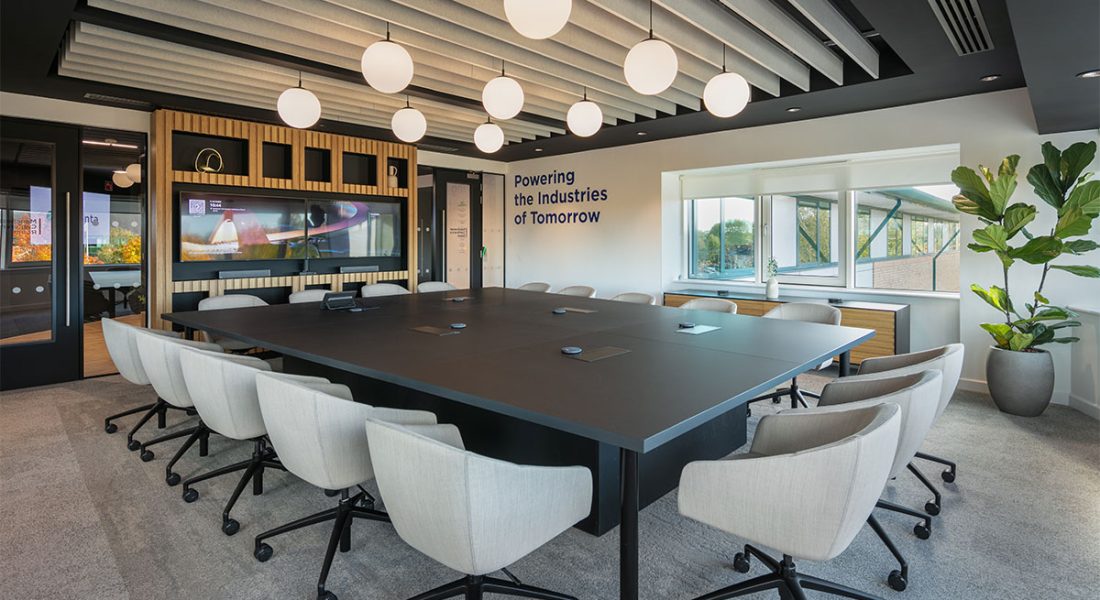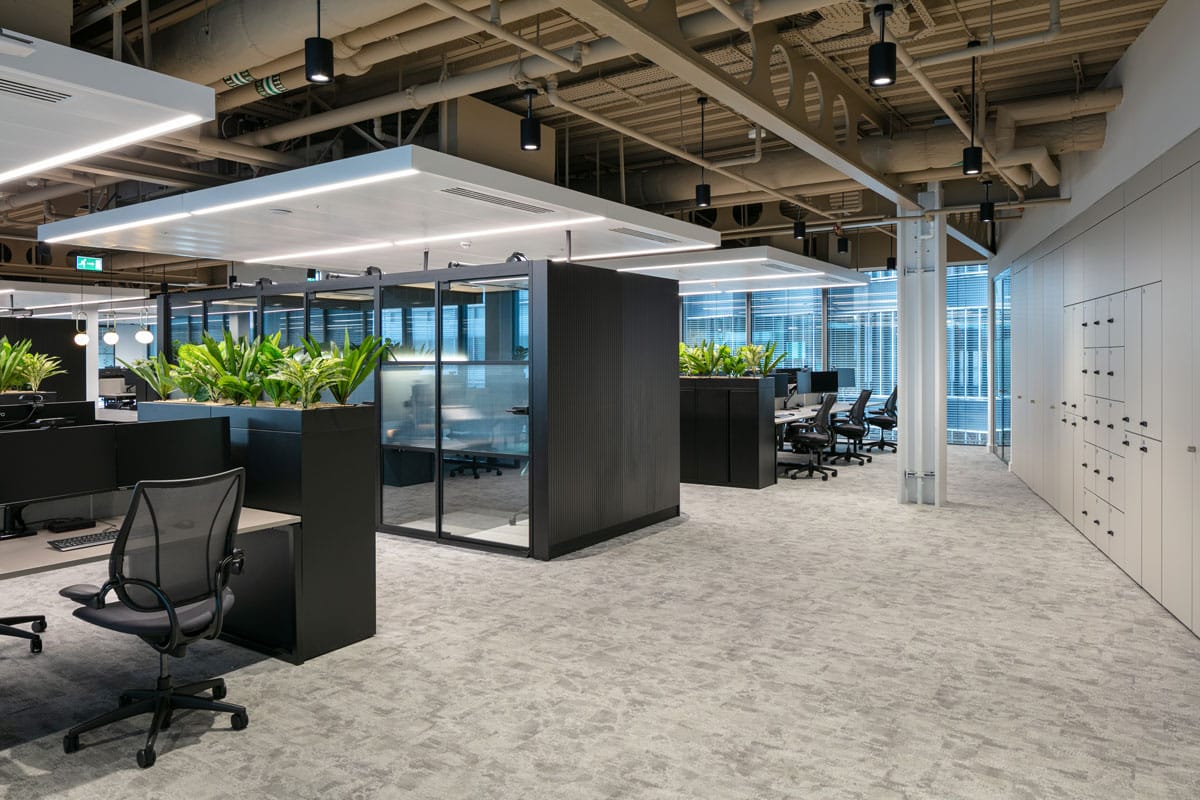Introduction
A well-designed conference room is essential for collaboration, productivity, and employee engagement. As workplaces evolve, businesses must ensure their meeting spaces are flexible, technology-driven, and comfortable. This article explores key design trends that can help create modern and efficient conference rooms.
1. Flexible Meeting Spaces
2. Advanced Technology Integration
3. Ergonomic and Stylish Furniture
4. Acoustic Solutions for Privacy and Focus
5. Biophilic Design Elements
6. Sustainable and Energy-Efficient Practices
7. Customisation and Brand Identity
Conference room designs should reflect a company’s identity. Incorporating branded elements, such as logo-engraved walls, corporate colours, and mission statements, creates a sense of belonging. Personalised design elements make meeting spaces more engaging and reinforce company culture.
8. Inclusive and Accessible Design
9. Health and Well-being Features
Creating a comfortable meeting environment contributes to employee well-being. Adjustable lighting, proper ventilation, and air purification systems enhance comfort. Breakout areas and lounge seating provide relaxation options. Offering healthy refreshments encourages wellness during meetings.
10. Innovative Layouts for Engagement
Conclusion
Modern conference room designs should be flexible, functional, and inspiring. By integrating technology, sustainability, and ergonomic design, businesses can create spaces that enhance productivity. Thoughtful planning ensures that meeting rooms support collaboration, reflect company culture, and improve workplace experience.









